Sarah, Tobias and I last visited Skomer on 6th July 2014 and so after a couple of years with no visit we were looking forward to getting back and Tobias was very excited about seeing Puffin. So after a good drive to Pembrokeshire on Thursday afternoon we had time for a short stop at Laugharne Castle before heading to our hotel, The Grove in Narberth.
We were up early on 14th and headed to the ferry to Skomer at Martin’s Haven hoping to get the first boat which leaves at 10:00. We arrived at 08:15 but it was clearly busy and we were too late for the 10:00 and instead were on the 11:00 so, before our departure, we had a short wander around the nearby headland seeing a few auks offshore but little else.
After ice creams we boarded the Dale Princess for the 15 minutes crossing to Skomer. As we arrived on the island there were large numbers of Puffin in the water and more birds swirling around the cliffs. Puffin numbers on the island have climbed from 22,539 individuals in 2016 to 25,227 in 2017 which is fantastic news for a species so often heard to be in decline.
We walked from North Haven to The Wick along the south coast of the island and spent around an hour or so at The Wick enjoying the to-ing and fro-ing of Puffin’s but noticed that the numbers of Guillemot and Razorbill were low, apparently breeding is around one week ahead of the normal season and most of the birds have now left. A picnic on Skomer Head produced a female Wheatear and four Common Dolphin and three Common Porpoise offshore. We then cut back across the island via the farm and back for the 16:00 ferry.
On 15th we awoke to a strong wind, fog and heavy drizzle but we were not deterred and headed down to the National Trust Stackpole Estate where we spent the middle of the day rock pooling, building sand castles and exploring the adjacent cliff top grasslands for plants. There were good numbers of Manx Shearwater offshore and two Chough fed on the cliff top grasslands. We returned home on 16th after a very enjoyable weekend.
The cliffs were relatively bare with decreased numbers of Guillemot and Razorbill.
These Kittiwake had well grown young not far off fledging.
Lesser Black-backed Gull
Lesser Black-backed Gull
Lesser Black-backed Gull
Simon Colenutt
I began birdwatching at the age of nine when living on the Isle of Wight. After obtaining a copy of the Isle of Wight Bird Report from 1976 I realised that Manx Shearwater, Arctic Skua, Pomarine Skua and Black Tern were regularly seen at St.Catherine's Point, only five miles from my home village of Chale Green. To a nine year old these birds were near mythical and so I just had to go and try to see them. Little did I know that these birds were seasonal and after a long winter of seeing nothing I eventually started to bump into other birdwatchers as March drew to a close. It was then that Dave Hunnybun, Dave Wooldridge, Paul Castle, Peter Gandy and Audrey Wilkinson introduced me to the art of seawatching and the joys of bird migration, I have not looked back since.
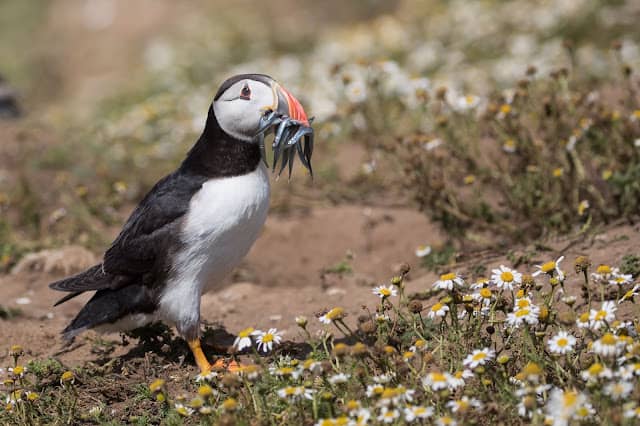

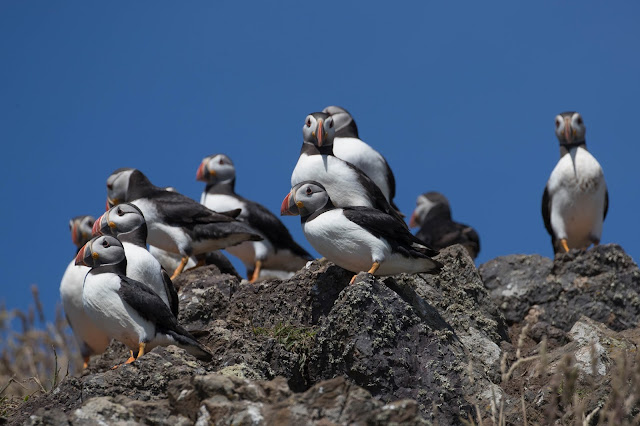







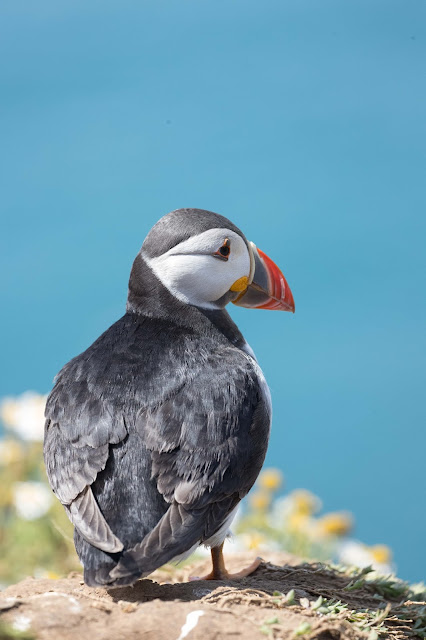






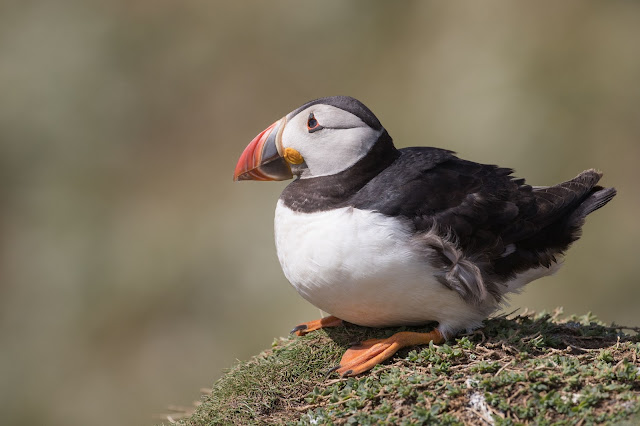




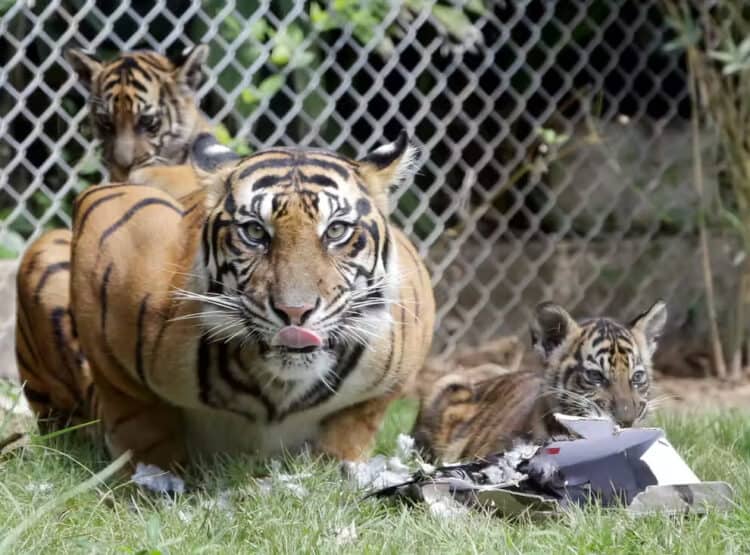

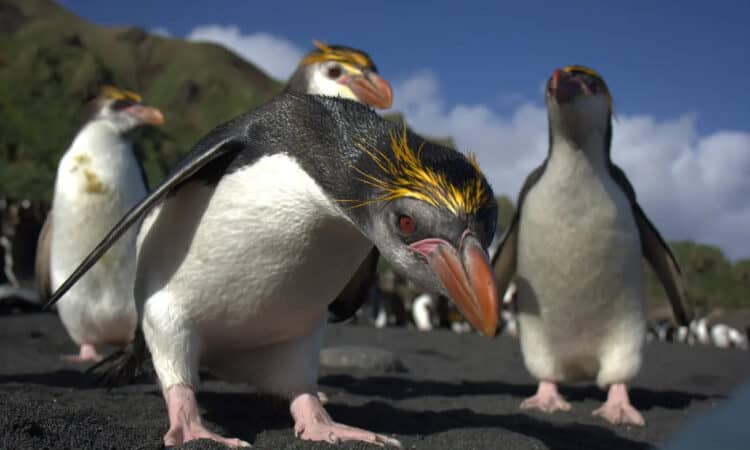
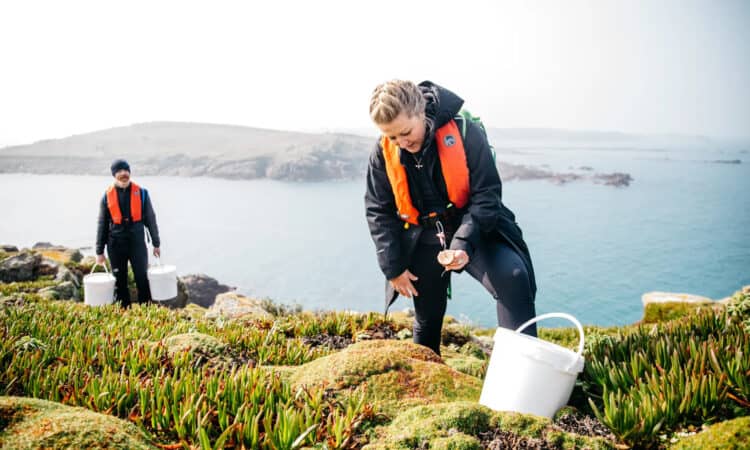

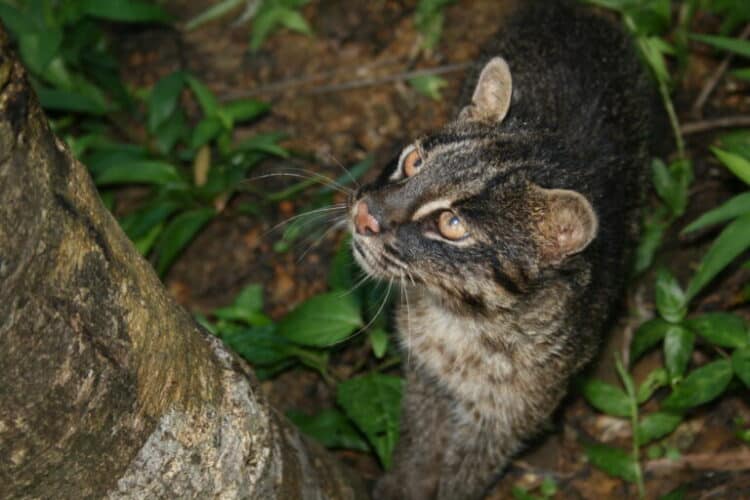
Leave a Reply